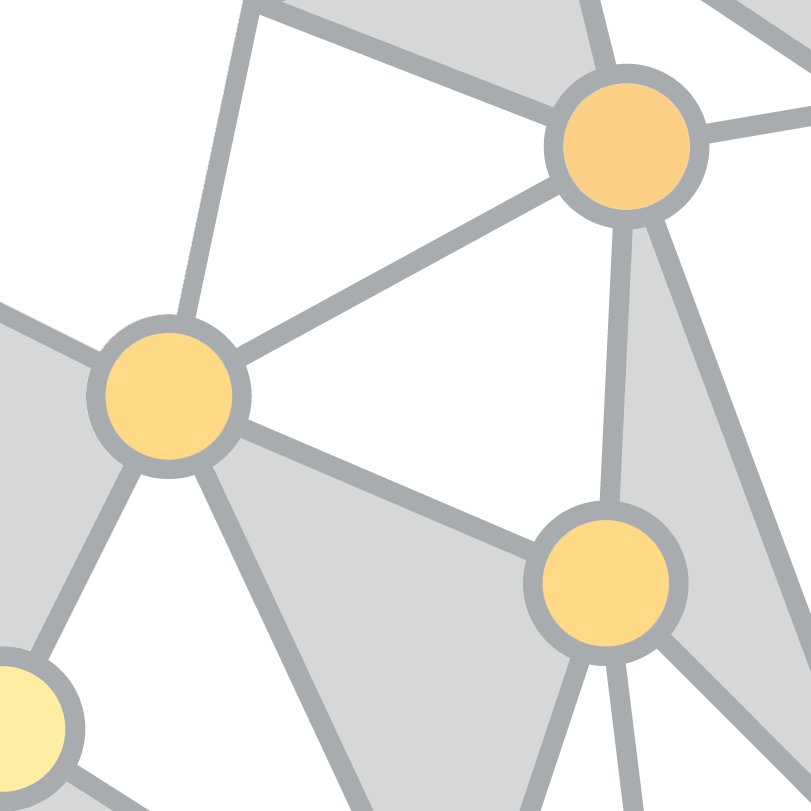Debra Swack
Fulbright and Education Specialistat SUNY Research Foundation
Debra Swack is a digital and sound artist who creates transformative participatory experiences about the most critical issues of our time. Her writings have been published by MIT, and she is included in Art and Innovation at Xerox Parc (MIT Press, 1999). Little Wars: The Carousel Project (little wars in Italian) about militarism and patriotism, created at Banff Centre in 2002, was exhibited at the Beecher Center in 2003, Birdsongs; the Language Gene reconfigures birdsongs into human music, and was presented at Princeton University in 2008. While a visiting artist at the American Academy in Rome in 2014, she presented Cloud Mapping Project (all manifestations of the cloud from arts to technology) at the Pera Museum (MIT, 2017). Bessie nominated Animal Patterning Project was projected interactively onto dancers with New Chimes (Art Daily, Dance NYC), in 2016 (commissioned by West Harlem Art Fund and Pratt Institute). 95 Chimes; a sound installation relating music to string theory (Museum of Natural History, 2002 in conjunction with ASCI-SCI Art Symposium) and mastered at Banff Center in 2005 was presented in Resonant Structures, a continuation of the MOMA Soundings exhibition at the Staller Center in 2016, adapted for 16 speakers. In July 2019, she was selected by the New York Academy of Science, Pratt Institute and Guerilla Science, to participate in Conveying Science Through Art, supported by the Sloan Foundation, Science Sandbox and the National Science Foundation, who believe that public engagement in science is critical to a well-functioning society. She is currently working on The Monument Project mixed reality public artwork, about heroes and the democratization of memorialization called 'an important work' by Margaret Morton (Ford Foundation) . Shortlisted by Creative Time and NEW INC at the New Museum in 2019 for a 50k grant from over 600 applicants, it was a 2020 recipient of a COVID grant from the Andrew W. Mellon Foundation and a 2018 recipient of a Creative Engagement grant from the Lower Manhattan Cultural Council and NYC Department of Cultural Affairs, in collaboration with Microsoft, the Siddhartha School, and Rubin Museum. Her work is a catalyst for change, innovation, and collaboration in helping to solve world problems. For example, Bloom addresses explores bio-acoustic communication between plants and world hunger, The Emotions after Charles Darwin (University of California 2009, MIT 2013) addresses the universality of emotions on a neuro-biological level regardless of race, age and gender, and the consequences of genetic tools such as CRISPR, Cloud Mapping Project (MIT 2017) addresses surveillance, artificial intelligence, machine learning and creativity (can machines create?), and Animal Patterning Project addresses genetics, environmental displacement through urbanization, our co-existence with them in urban spaces and the rise of infectious diseases such as COVID. In 2021, Bloom (presented at Sound, Images, and Data for MIT, and featured in the 2017 New York Academy of Science Magazine and on gala posters) was a finalist for a Haleakalā National Park Summer Art Residency, and Animal Patterning Project was selected for E-Squared Magazine, archived at Stanford and Becoming Feral, by the University of Wisconsin-Madison, University of California, Santa Cruz, and the recipient of an Athenaeum Award from the Royal Conservatoire of Scotland.
